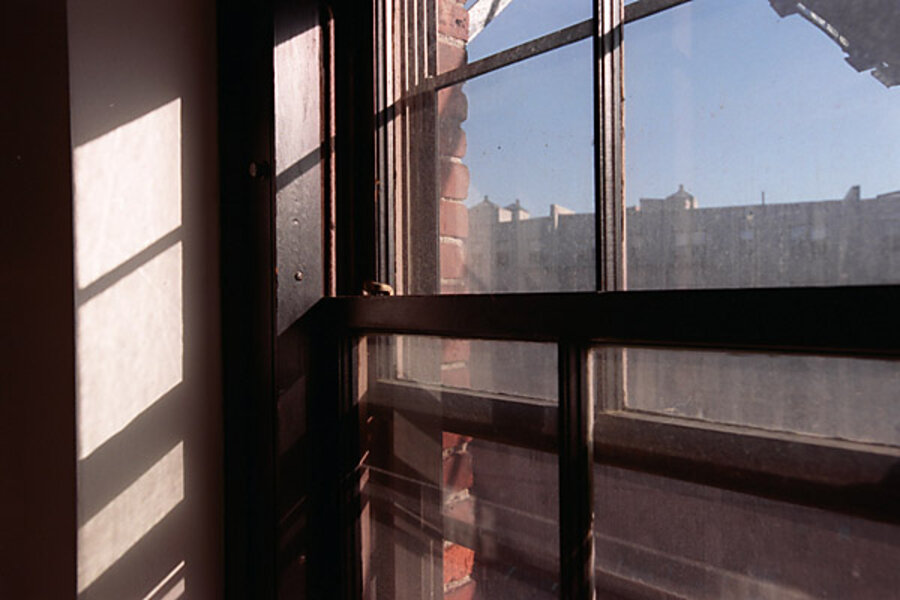How to cut your energy bill by 30 percent
Loading...
It’s simple.
We opened our windows in all seasons. Yep, even the winter.
For the past year, every time the temperature outside is between 50 F and 85 F, we simply just open up the windows and turn off both the internal heating and cooling. A sampling of year-over-year comparisons across all seasons shows that this policy saves us an average of 30% all year round (about 10% in winter, about 20% in summer, and about 40% in spring and fall).
Not only that, our house smells fresh, simply because fresh air is regularly blowing through every room in the house. Air freshener is a product you buy? Really?
I’ll address a few of the specific points that I’m sure you’ll have.
You opened up windows in the winter? Not all winter, of course, but during several different spells, we opened up windows in our home on the brief warmer spells that would come a few times a month. We left our windows open all day for several periods in January, for example.
Yes, this often cooled our house down a bit, but the house never got as cool as it was outside. It was comfortable in our house all day long if you wore a light long-sleeved shirt. The savings from not running the heat at any point during those days far more than made up for the heat loss.
Not only that, when the temperature would begin to drop outside and it became noticeably cooler inside, we just set the thermostat to a few degrees warmer than it currently was, since, after all, we were quite comfortable with that temperature. Our indoor temperature usually hovered around 62 to 64 F in the winter.
This ended up saving us about 10% off of the bills during the winter.
Why only 40% during the spring and fall? We largely just opened the windows and turned off the heating and cooling during the days in the spring and fall. However, we would still close the windows at night if we expected the temperatures to drop too much, as we have young children at home who tend to kick their covers off and get very cold.
If we expected the temperature to drop below 48 to 50 F at night, we would close the windows and turn on the heat at a low level during the night to keep the family warm.
And the summer? We opened the windows all the time, even at night, unless the temperature started to reach the upper 80s, in which case we’d close the windows and start the cooling. Again, we’d often keep the temperature at the upper level of what we were comfortable with, usually the upper 70s.
This sounds uncomfortable… What I’ve found is that the more time you spend outside, the wider the range of comfortable temperatures becomes for you. For example, if I spend a lot of the winter inside (which I typically do), the early spring can often leave me feeling uncomfortable with temperatures much outside a narrow range.
However, the more time I spend outside, the more that range widens. I get used to the variety of temperatures that being outside gives me, with the varying temperatures between shade and sunlight and the changes in temperature throughout the day.
This is advantageous in another way. Many outdoor activities are inexpensive or free. Going on walks. Going to the park with my children. Coaching youth soccer. Planting our garden. Playing games in the yard with the children.
So, not only are outdoor activities a great way for me to spend time frugally, they also help me enjoy a greater variety of indoor temperatures, which reduces my use of the furnace and the air conditioner, which reduces my energy bill and extends the life of those devices.
The end result? We’re saving about $50 per month (on average) on reduced energy bills simply because we’re spending more time outside and leaving the windows open much more often. That, my friends, is frugality at work.
Add/view comments on this post.
--------------------------
The Christian Science Monitor has assembled a diverse group of the best economy-related bloggers out there. Our guest bloggers are not employed or directed by the Monitor and the views expressed are the bloggers' own, as is responsibility for the content of their blogs. To contact us about a blogger, click here. To add or view a comment on a guest blog, please go to the blogger's own site by clicking on the link above.





